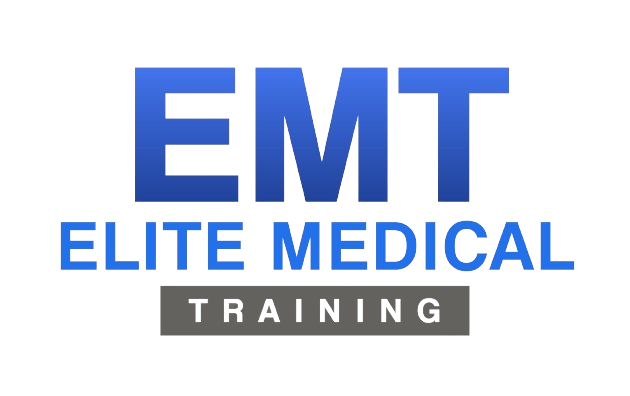Heart attacks are one of the leading causes of death in the United States. Each year, more than a million Americans suffer from heart attacks. If you are one of them, or if you know someone who is, it is important to understand what a heart attack is and how it happens. In this blog post, we will discuss the anatomy of a heart attack, including its causes and symptoms. We will also provide tips on how to prevent a heart attack and what to do if you think you are having one. Finally, we will offer advice on how to recover from a heart attack.
1. What is a Heart Attack and How Does it Happen?
A heart attack, also known as myocardial infarction (MI), occurs when the blood supply to part of your heart muscle is blocked. It is a serious medical condition that can be life-threatening. A person who has had a heart attack may require emergency treatment in order to prevent further damage or death. The first step in treating a heart attack is to identify the cause. The most common causes of heart attacks are coronary artery disease, atherosclerosis, and high blood pressure. A person who has any one of these conditions may be at risk of having a heart attack if they do not receive treatment early enough. If you have any symptoms that could indicate an impending or current heart attack, it is important to seek medical attention right away.
2. Symptoms Of a Heart Attack
The most common symptoms of a heart attack are chest pain and shortness of breath. However, not everyone who has a heart attack experiences these symptoms. Other symptoms can include nausea, vomiting, lightheadedness, and sweating. If you experience any of these symptoms, it is important to seek medical attention right away.
3. How to Prevent a Heart Attack
There are several things you can do to reduce your risk of having a heart attack. Some of the most important include quitting smoking, eating a healthy diet, maintaining a healthy weight, and exercising regularly. If you have any of the risk factors for heart disease, it is important to seek medical attention right away.
4. What to do if You Think You Are Having a Heart Attack
If you think you are having a heart attack, the first thing to do is to call 911. Do not try to drive yourself to the hospital. The paramedics will assess your symptoms and determine if you need emergency treatment. If it is determined that you are having a heart attack, they will take you to the nearest hospital for treatment.
The next step is to stay calm and try to relax. This will help you avoid the stress that can lead to a second heart attack. You should also let your family know what has happened so they can get in touch with someone who knows CPR or other first aid procedures if necessary.
Finally, it’s important not to panic. Although a heart attack can be a frightening experience, most people who have one recover fully.
5. Recovery From a Heart Attack
Once you are at the hospital, the doctors will work to restore blood flow to your heart and prevent any further damage. This may involve medications or surgery. You will also need to make changes to your lifestyle in order to reduce your risk of having another heart attack.
If you have had a heart attack, it is important to follow your doctor’s orders and take any medications they prescribe. You should also make lifestyle changes such as quitting smoking and eating a healthy diet.
Be preventative and get CPR certified! If you or a loved one is at risk for a heart attack, you should get CPR certified. This way, you will know how to respond if a heart attack occurs and can help save a life. If you are looking for CPR Certification Courses near you, contact our team here at Elite Medical Training. You visit our website at https://elitemedicaltraining.com or give us a call at 888-713-0455 to schedule your course today!
This article is not intended to provide medical advice or replace the advice of your physician.
If you have any questions about heart attacks or the treatment of a heart attack, please consult your physician.

